
The natural flora of the Botanical Garden is diverse and well represented both in the natural forest and in the planted collections. It is one of the most important collections of plants from the Caribbean and because the dry Caribbean forests are highly threatened it makes this garden even of greater importance for conservation and as a seed source for reintroduction programs.
The garden has many well-developed specimens of trees, shrubs and herbs. There are some incredibly large specimens of giant cashew (Anacardium excelsum), and white fig (Ficus maxima), which rise above the forest canopy with their massive crowns and huge trunks supported by large buttress roots. One giant cashew is a focal point in the garden and may be over 500 years old. Other frequent trees in the garden are Aspidosperma desmanthum, Astrocaryum malybo, Attalea butyracea, Bursera simaruba, Cavanillesia platanifolia, Cecropia peltata, Cedrela odorata, Ficus citrifolia, Mammea americana, Nectandra turbacensis, Pachyra aquatica, Pseudobombax septenatum, Sterculia apetala and Swietenia macrophylla. Many of these species have valuable wood and are thus highly threatened in their remaining populations outside the garden.
Other particularly interesting species are the American oil palm, Elaeis oleifera, the cousin of the widely planted African oil palm (Elaeis guineensis), which both can be found in the palmetum.
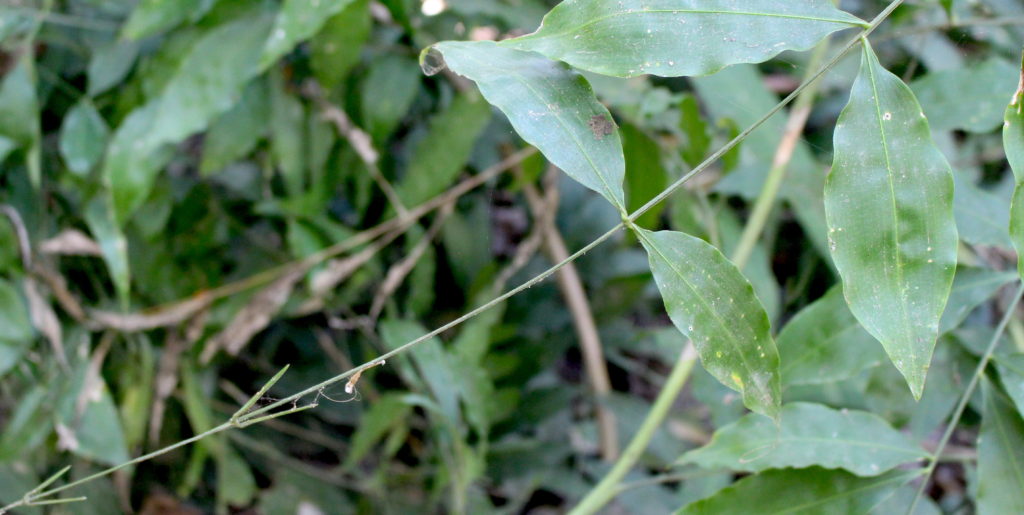
An unusual member of palms is American rattan, Desmoncus myracanthos, a climbing species resembling the Asian rattan palms. It has long vining stems covered in vicious spines and pinnate leaves of which the leaf tips resemble a long whip, set with back-curved spines instead of leaflets. This is certainly a species to be careful of when encountering it in the wild as it can be difficult to entangle it from clothes or hair. However, in the garden it can be viewed safely, without danger of getting hooked.
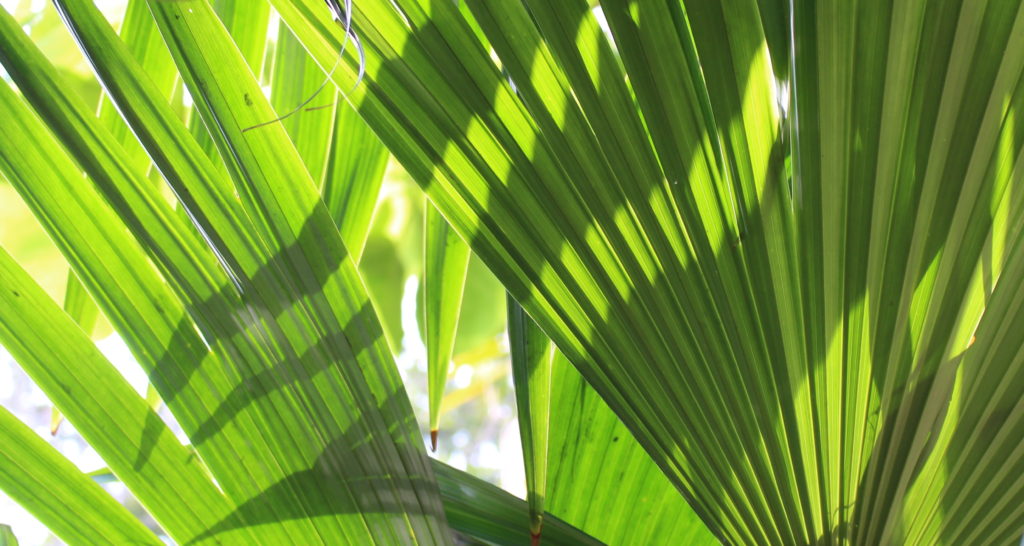
Abundant is also the ‘Panama hat palm’, which is neither a palm, nor native to Panama. Carludovica palmata is a palm lookalike that belongs to the family Cyclanthaceae and was widely used to make durable hats. These were imported to Panama during the digging of the Panama Canal Zone where they were popularized, hence their common name.
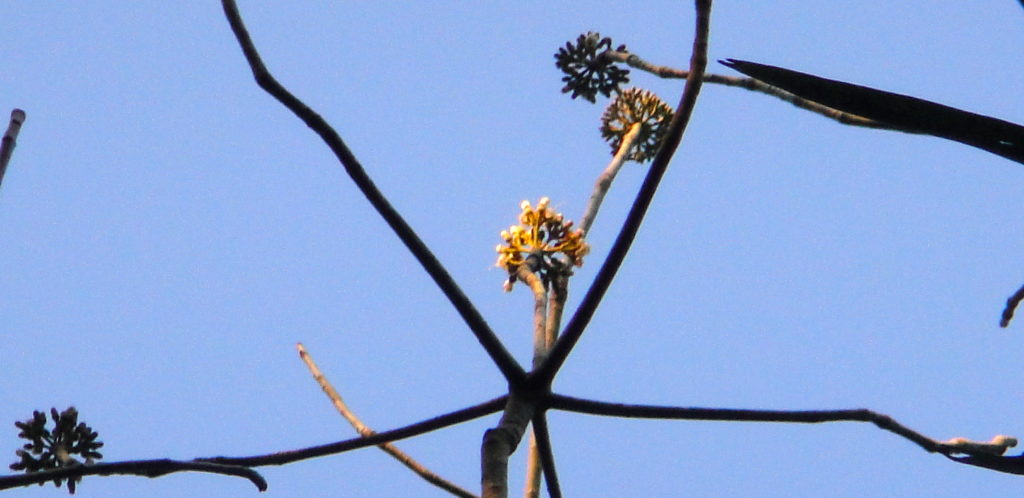
Macondo, Cavanillesia platanifolia, is the name of a magnificent tree, with a fat swollen trunk, large lobed leaves, big white flowers and five-winged fruits. It also became also the name of a fictional Colombian town described in Gabriel García Márquez‘s 1967 novel One Hundred Years of Solitude. It described as the home town of the Buendía family, and the flora described in the book is similar to that of the Matute estate. Some of the local inhabitants refer to the area of the botanic garden as Macondo!
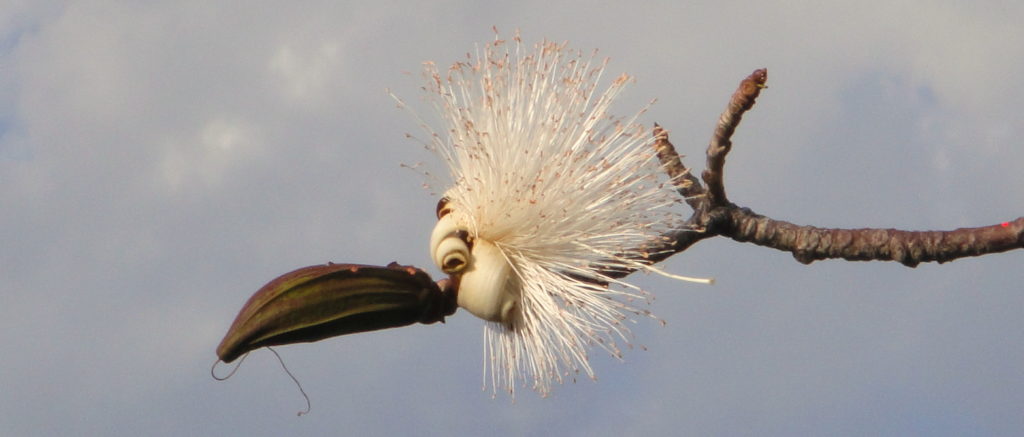
In several places in the garden you may notice the green striped bark of the swollen trunks of Pseudobombax septenatus. This member of Malvaceae has large white flowers in the dry season, which open with a popping sound during the night. The white flowers with their many stamens are all fallen by mid-day, littering the ground with white pompons. In the same family is Sterculia apetala, a giant tree that drops it reddish five-lobed leaves, covering the forest floor, giving it a coppery appearance. The fruits are beautiful boat-shaped pods with large black seeds inside, but be careful when you pick these up, as they are covered with irritating hairs inside.
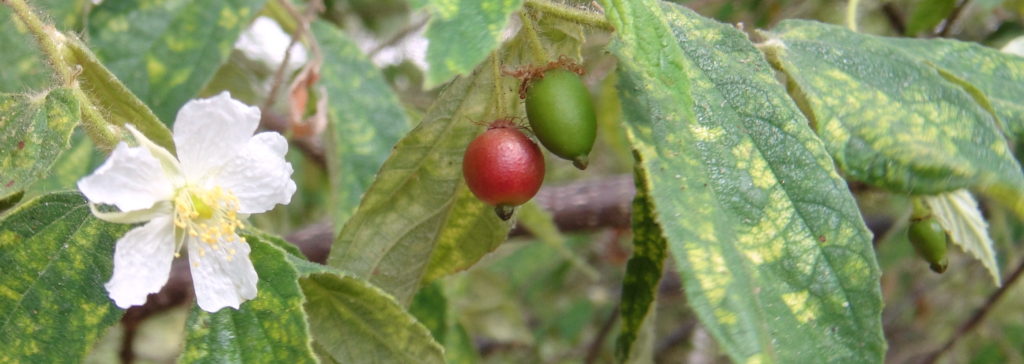
Muntingia calabura, or jamfruit, is a species that was difficult to place on morphological grounds. It has white flowers that resemble a blackberry, but the leaves are reminiscent of a mallow. As a result, it was placed in a variety of families, such as Malvaceae, Rosaceae and Elaeocarpaceae. It is now placed in the isolated family Muntingiaceae on the basis of DNA analysis. It has deliciously sweet fruit that has a fragrance and taste that somewhat resembles cotton candy. They can be eaten fresh or made into jam and in addition the leaves have medicinal, anti-inflammatory properties. As it thrives in poor soils, it is a great plant for gardens and to prevent erosion in degraded areas. We are currently testing how easy it is to cultivate from its tiny, dust-like seeds.
Our giant pipe vine, Aristolochia grandiflora, hails from Central America and has spectacular, but foul-smelling flowers. These are curved, open like a trumpet, with a blackish-brown center and have a long pendent tip. The scent attracts flies, which are held inside the flower until the stigmas have been pollinated. The flower takes well care of these insects as they are fed with rich nectar. Once pollen is received the stamens ripen and cover the flies in pollen so that they can visit another flower. In the garden, it grows besides the toilet block, but do not confuse the scent!
Text and copyright: Maarten Christenhusz and Santiago Madriñán, Turbaco 2017
